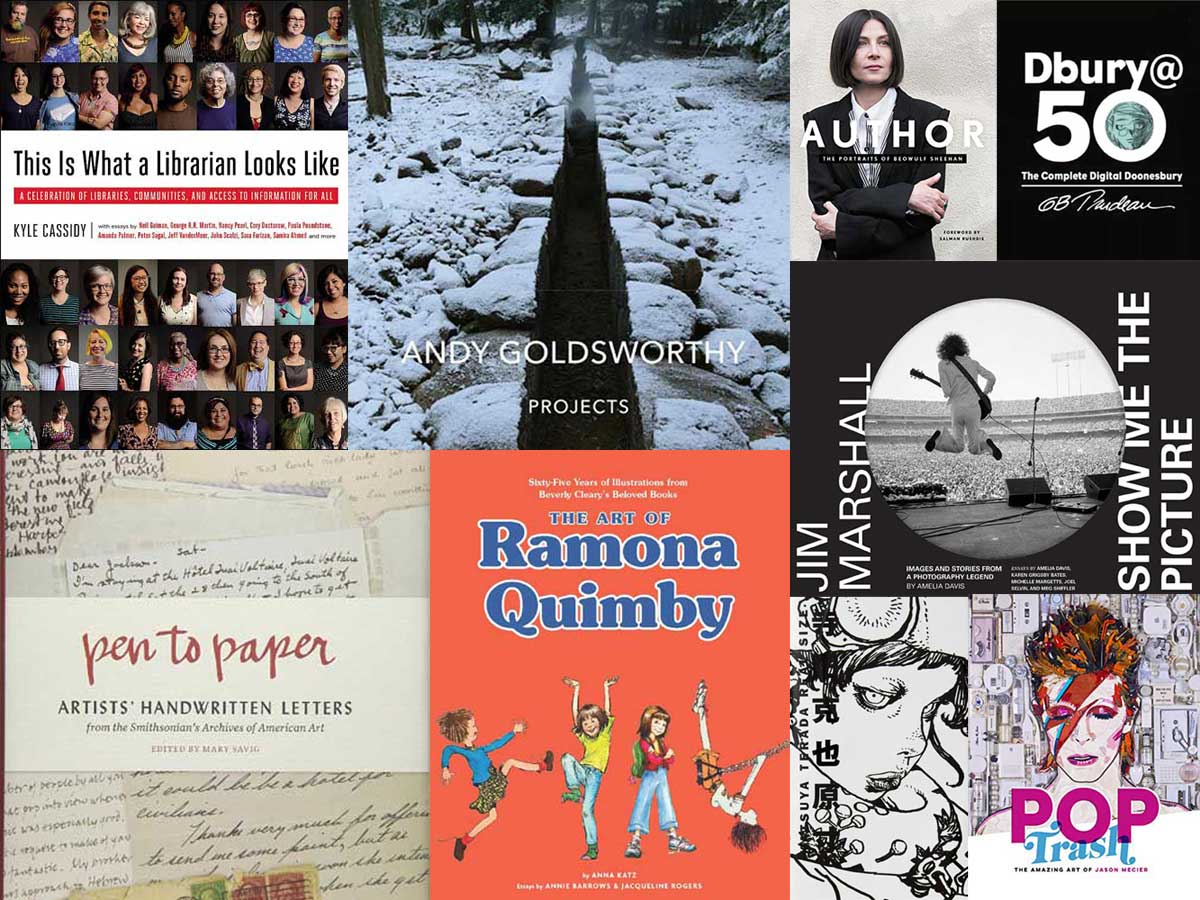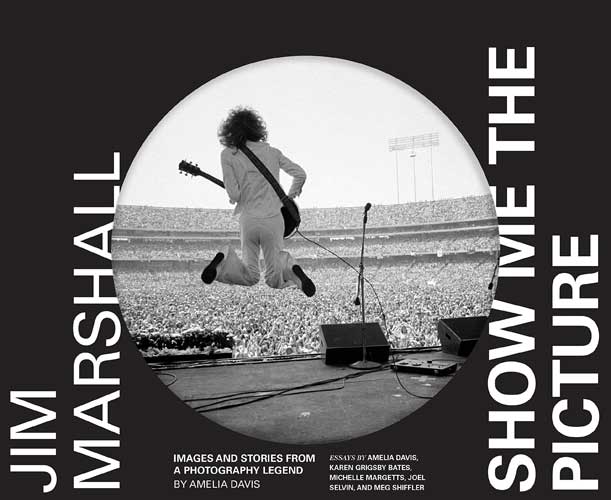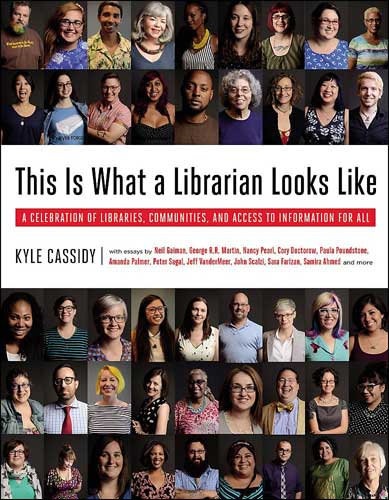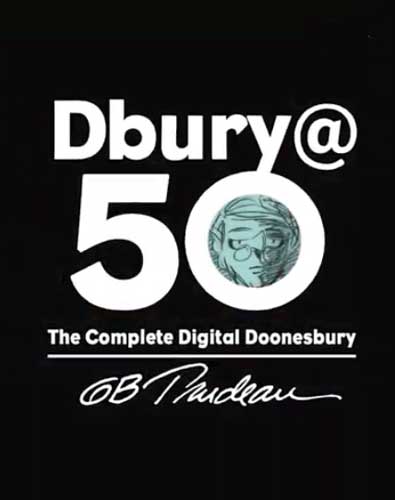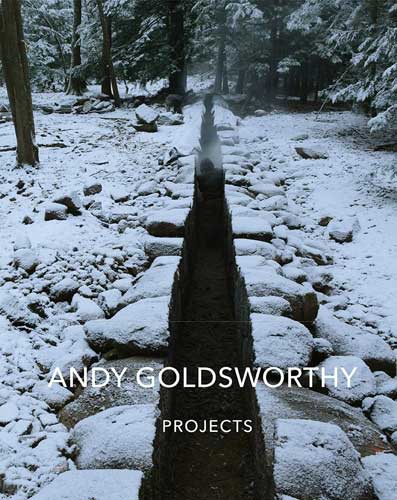I’m still making my way through my big stack of big books, and this week we’re looking at some books that bring you up close and personal with their subjects, whether through photography or intimate details (or sometimes a bit of both).
Author: The Portraits of Beowulf Sheehan
This collection of Beowulf Sheehan’s photographs gives you an intimate glimpse of 200 authors: writers, historians, poets, journalists, playwrights. There’s a foreword by Salman Rushdie, one of Sheehan’s subjects who has championed his work, and then an introduction by Sheehan telling the roundabout path he took to becoming a photographer, as well as many stories of specific photo shoots with the authors. After that, it’s just the photos: a few people have multiple photos, but for the most part it’s just one picture per person, identified by a name, with no other text (not even page numbers!) to get in the way. They’re not presented in any particular order that I could see, though occasionally there are amusing pairings: two people both holding umbrellas, two writers named Elif. I liked the variety of photos: some are very serious, and others look like they’re having a lot of fun or being a little silly. At the back there’s a bibliography, showing the writings of each author (thankfully listed alphabetically). I have to admit that I only know a fraction of these authors, and there were also some whose names I recognized but I wouldn’t have been able to place their faces. It’s a compelling collection and lovely to pore over.
Jim Marshall: Show Me the Picture by Amelia Davis
I didn’t know who Jim Marshall was before reading this book, but I recognized some of the photos he took of musicians. Marshall had a gift for recognizing talent, and his career brought him into contact with many stars as they were just getting started. You’ll see photos of a young Bob Dylan, Jimi Hendrix, Carlos Santana at his first recording. Marshall photographed country music legends and rock and roll stars, as well as people on the street just living their lives. While this book primarily focuses on the musicians, there are also photographs of poor coal-mining families in Kentucky and civil rights activists. It’s amazing how many people gave Marshall close, intimate access for photographs. The essays in the book (from a variety of writers) also tell a story that the photographs don’t: that he was aggressive, addicted to cocaine, and ruined two marriages. He was arrested for threatening neighbors with a gun and found to have an arsenal in his apartment. He inspired loyalty and devotion—some of the essays in the book are from Michelle Margetts, who met him while she was a journalism student and started a relationship with him despite their huge age difference, and she writes about him in glowing terms even while describing behavior that seems indefensible. I found the photos and the stories behind them fascinating, but I was also disappointed that Marshall was such an atrocious human being sometimes. It’s a beautiful book with beautiful pictures, centered around a not-so-beautiful story.
This Is What a Librarian Looks Like by Kyle Cassidy
Here’s one more collection of portraits of rockstars: librarians! The image that many people have in their heads of a librarian—especially if you haven’t set foot in a library in a while—is probably outdated. Libraries aren’t all quiet spaces filled with tall bookshelves and some stern woman with reading glasses shushing you; in fact, it may be hard to find an actual library like that now. Libraries let you check out books, but they’re so much more: they are community centers and meeting spaces; they provide internet access and a host of social services; they entertain kids and host after-school programs. This book is filled with portraits of over 200 librarians from public libraries, college libraries, high school libraries, and more, each paired with a short remark about themselves or what they do. There are also several essays on libraries from people like Paula Poundstone and Neil Gaiman and John Scalzi, as well as some stories about specific libraries. It’s a celebration of libraries and the communities they serve, and a lot of fun to flip through.
Katsuya Terada Real Size
Katsuya Terada is a Japanese illustrator and manga artist who creates very detailed, large-format drawings. This book showcases a lot of his work by juxtaposing an image of the entire drawing with a detail presented in actual size. Some of them are wall-sized murals, so the real size detail only shows a very small portion of it, but it’s impressive to see it up close and then extrapolate. There are some photos that show a drawing in progress. The drawings are a blend of dragons and other creatures, technology, and women—some of it looks like it would fit in an old folktale, and some is futuristic sci-fi. The book doesn’t provide much context, though: other than a brief afterword from Terada and an index listing the various works, there’s hardly any other text in the book, so the primary target audience may be those who are already fans of Terada’s work.
Dbury@50: The Complete Digital Doonesbury by G.B. Trudeau
Dbury@50 is a treasure trove for any fan of Doonesbury: it includes a flash drive that contains every published strip from the past 50 years (!) of the comic, along with a searchable calendar. There’s also a “User Manual”—over 200 pages itself—that provides a year-by-year summary, giving historical context and including some highlights from that year. Each of those years also has an index of strips so you can look up specific characters or storylines on the archive. Doonesbury is an incredible strip for the way that its characters live in our world, experiencing our current events (though sometimes through a wacky lens), and the fact that it has done so for five decades (so far!) is an impressive feat. I’ve only just dipped my toe into this collection, but I’m looking forward to spending a lot more time paging through it.
Pop Trash: The Amazing Art of Jason Mecier
Jason Mecier makes collage portraits of celebrities using things like candy, food, and trash, and it’s astounding how well he can capture their likeness with random objects like plastic utensils, toys, bottles, and random packaging (including so many Snuggie boxes for some reason). What’s particularly fun is that some of the portraits are made with items belonging to the subject of the picture—as he gained notoriety, people started sending him their own bits and bobs and trash to use, so there’s a personal connection to the portraits. Paging through this book, one of the things that struck me is how large the original collages are—you don’t really think about it, until you start looking at some of the specific items in the collage. When you get up close, you see all the specific things, and you lose the image of the face, but then you back out again and it pops into focus. Each picture has a simple caption stating the subject’s name, plus some of the items that went into the collage (and whether any of it belonged to them), occasionally with some additional comments if it was commissioned for a special reason or belongs to a particular collection. Not all the items are listed, so it’s fun to see what is, and see if you can spot it: where’s the frog head in the Lady Gaga portrait? or the curling iron in the picture of Conan O’Brien? Plus there are some silly concept collages, like Kevin Bacon (made of bacon) or Napoleon Dynamite made with 25 pounds of tater tots. Delightfully weird!
Andy Goldsworthy: Projects
I first came across Andy Goldsworthy while I was in college, and immediately fell in love with his nature-based artwork: lines of leaves that made a continuous gradation of colors, rocks that had been broken and arranged to form shapes in the negative spaces, and so on. Later I discovered that Goldsworthy also made massive installations as well—stone walls, cairns, mounded earth. This massive art book (published in 2017) documents 44 of his projects, the majority of which were created after 2010, and it includes things like his concept sketches, photographs showing the installation process, and then the pieces themselves. They range from giant chalk boulders placed outdoors and photographed over a decade of weathering, clay applied to walls and allowed to collapse over time, a stone arch built in the middle of a river. I love the way that his art uses time and weather as a component, and this book lets you speed up the passage of time and see how it affects the projects. This book is also notable because it lists the others involved, and you can see how many hands it takes to bring Goldsworthy’s concepts to fruition.
The Art of Ramona Quimby by Anna Katz
Ah, Ramona Quimby. I think my introduction to Ramona—at least, the one that sticks in my memory—is from 5th grade. My teacher loved books and saw the importance of having books read aloud even for older kids, and among the books she read to us that year was Ramona, about this spunky kid with a huge imagination. Ramona has been around since 1955, so she has been illustrated by several different artists. Chances are, you have an image of Ramona in your head, probably from the version of the book you experienced as a kid. This book takes us on a 65-year journey, showing how Ramona’s world has been portrayed over the years. After a brief introduction to Beverly Cleary and then the artists, we get one chapter devoted to each of the Ramona books, showing a selection of book covers and interior illustrations from each, along with excerpts from the story and some of its highlights. It’s fun to see the same scene depicted by the different illustrators, because you can see changes in fashion and styles, while still capturing the essence of what makes Ramona Ramona. The book concludes with some of the correspondence between Beverly Cleary and Louis Darling, who illustrated 12 of her books (including the first two Ramona books before his death in 1970).
Pen to Paper: Artists’ Handwritten Letters from the Smithsonian’s Archives of American Art edited by Mary Savig
Speaking of correspondence, if you love looking at handwritten letters, this collection from the Smithsonian features samples from over 50 artists—painters, photographers, sculptors. Some have beautifully ornamented handwriting, and some have a barely legible scrawl. Some doodle. Some fill the paper from margin to margin, and others seem carefully composed with just the right amount of negative space. Thankfully, there are transcriptions of all of the letters at the back of the book, because some are extremely difficult to decipher.
Disclosure: I received review copies of these books.
My Current Stack
I did finish reading Weapons of Math Destruction finally; I’m thinking I may try to work on a math and science column sometime soon (though it will take me a bit of time to get through some more books). It’s a book that really makes me worry a bit about systems that hold such large amounts of power over our lives—and all the more so because we as a nation seem to be getting worse at relying on math and science to understand how things work. But there are also lessons about why it’s important to recognize the moral implications of the algorithms we create, and not assume that using numbers automatically makes things fair and just.
On a lighter note, I read Dungeon Critters by Natalie Riess and Sara Goetter, a funny comic book about a band of adventuring animals. It has lots of RPG tropes combined with funny animal jokes, and my kids and I have had a lot of laughs with it. Look for it in a future stack as well.
